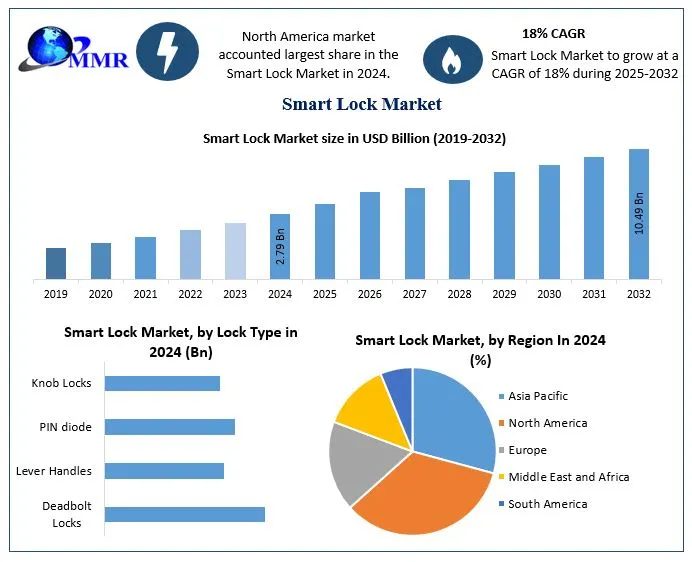In today’s fast-paced world, multitasking has become an essential skill. From answering emails while attending virtual meetings to juggling multiple projects, people often switch between tasks frequently. However, what many fail to realize is that multitasking comes at a cognitive cost known as the “switch cost.” This term refers to the time and mental effort required to shift from one task to another, resulting in decreased efficiency and increased cognitive load.
In this article, we will explore the concept of switch cost in multitasking, why it occurs, how it affects productivity, and strategies to mitigate its impact.
What is Switch Cost?
Switch cost, in the context of cognitive psychology, refers to the decline in performance when a person shifts from one task to another. The phenomenon is backed by extensive research, showing that even brief interruptions can significantly affect efficiency. This cost manifests in several ways, including:
-
Increased reaction time – It takes longer to resume the next task.
-
Decreased accuracy – Higher chances of errors due to incomplete cognitive transition.
-
Cognitive overload – Increased mental strain when switching tasks frequently.
The switch cost occurs because different tasks require distinct cognitive processes, and transitioning between them requires a period of adjustment.
The Science Behind Switch Cost
Research in cognitive psychology suggests that the brain does not truly multitask; instead, it rapidly shifts focus between tasks. This process, called “task switching,” involves activating and deactivating cognitive control mechanisms, which require mental resources and time.
The prefrontal cortex plays a crucial role in task switching. It is responsible for executive functions such as attention control, working memory, and decision-making. When switching from one task to another, the brain must:
-
Disengage from the previous task – Clear previous cognitive processing.
-
Engage in new cognitive demands – Shift attention and activate relevant neural pathways.
-
Adjust to new task parameters – Understand new rules, goals, and constraints.
These steps explain why even small task shifts can lead to measurable performance drops.
Factors Affecting Switch Cost
Several factors influence the extent of switch cost in multitasking:
-
Task Complexity – The more complex the tasks, the higher the switch cost. Simple tasks (e.g., checking a notification) may have a lower cost compared to complex analytical work.
-
Task Similarity – Tasks that are similar require less cognitive adjustment, reducing switch cost. For instance, switching between two writing tasks is less costly than switching between writing and programming.
-
Experience and Expertise – People with experience in handling multiple tasks efficiently may experience a reduced switch cost due to practiced cognitive flexibility.
-
Disruptions and Interruptions – Unplanned interruptions (such as phone calls or messages) increase switch cost as they break concentration and require additional cognitive effort to refocus.
Effects of Switch Cost on Productivity
The implications of switch cost in multitasking are far-reaching, especially in work and academic environments. Some of the key effects include:
-
Reduced Efficiency – Switching between tasks results in lost time and decreased productivity. Studies indicate that it can take several minutes to fully regain concentration after an interruption.
-
Increased Stress and Fatigue – Frequent task switching places higher demands on cognitive resources, leading to mental fatigue and stress.
-
Higher Error Rates – As cognitive control is divided between tasks, errors become more frequent, impacting the quality of work.
-
Impaired Creativity – Deep work, which requires uninterrupted focus, is essential for creativity and problem-solving. Switch cost interferes with sustained thought processes, leading to reduced innovation.
Strategies to Reduce Switch Cost
Understanding switch cost is the first step toward minimizing its negative impact. Here are some practical strategies to improve productivity:
-
Batch Similar Tasks Together – Grouping similar tasks reduces cognitive switching demands. For example, designate specific time blocks for responding to emails rather than checking them sporadically.
-
Use the Pomodoro Technique – Work in focused intervals (e.g., 25 minutes) with short breaks in between to maintain efficiency without constant switching.
-
Minimize Distractions – Turn off unnecessary notifications, use noise-canceling headphones, and create a focused work environment to reduce interruptions.
-
Plan Ahead – Structuring your workday with clear priorities helps reduce the temptation to multitask and improves task completion rates.
-
Practice Mindfulness and Focus Training – Mindfulness exercises and attention-training techniques can enhance cognitive control and reduce susceptibility to task-switching costs.
Conclusion
While multitasking is often seen as a necessary skill in modern life, its hidden cost—switch cost—can severely impact efficiency, accuracy, and mental well-being. Understanding the cognitive mechanisms behind task switching and implementing strategies to minimize disruptions can help individuals improve their productivity and overall work performance.
By reducing unnecessary task switching, fostering deep focus, and creating structured workflows, individuals and organizations can harness the benefits of sustained attention while avoiding the pitfalls of excessive multitasking.











